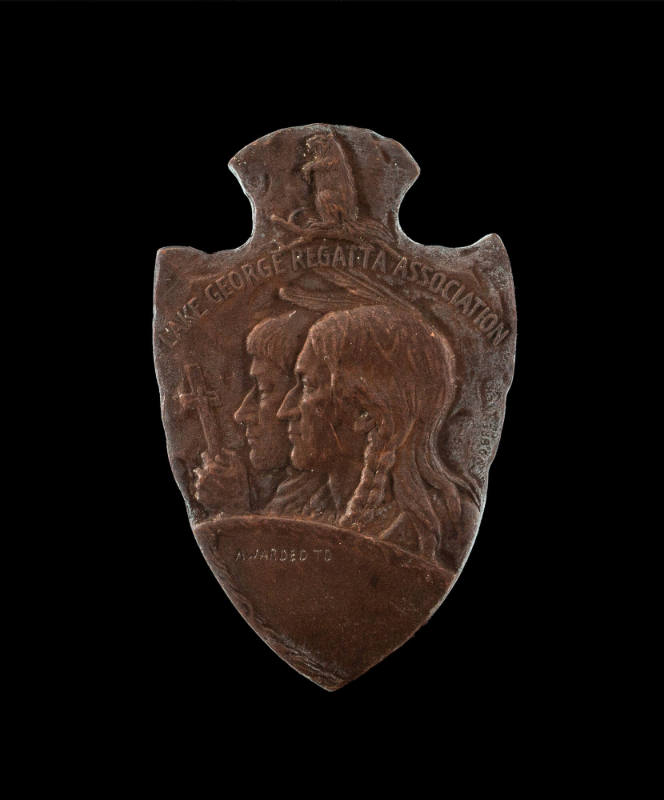
Object Details
Artist
Archibald Knox
Date
1903
Medium
Pewter and cane
Dimensions
Part a (coffeepot, including lid): 6 × 7 inches (15.2 × 17.8 cm)
Part b (teapot, including lid): 4 1/2 × 10 inches (11.4 × 25.4 cm)
Part e (tray): 19 1/4 × 13 3/4 inches (48.9 × 34.9 cm)
Credit Line
Gift of Isabel and William Berley, Classes of 1947 and 1945
Object
Number
99.078.113 a-e
BRIEF DESCRIPTIONThis is a five-piece coffee and tea set with creamer and sugar bowl designed by Arc(…)
BRIEF DESCRIPTIONThis is a five-piece coffee and tea set with creamer and sugar bowl designed by Archibald Knox.WHERE WAS IT MADE?This was made in London, England.WHO WAS THE ARTIST?Archibald Knox designed this coffee and tea set for Liberty and Company. Knox was trained at the Douglas School of Art on the Isle of Man from 1878 to 1884 before moving to London in 1897. There he worked for the Silver Studio and taught at Redhill and Kingston Art Schools. His association with Arthur Lasenby Liberty, founder of Liberty and Company, began in 1901 when he designed a collection of silver and jewelry for the company. Knox became Liberty’s most outstanding creative artist, designing over 400 carpet, fabric, and metalwork designs between 1904 and 1912. He resigned from his teaching position at Kingston College of Art in 1912 and formed the Knox Guild of Craft and Design, which held very successful annual exhibits from 1913 until World War II began in 1939.Liberty and Company was founded by Arthur Lasenby Liberty (1843-1935) on Regent Street in London in 1875. It provided clients with ornaments, fabrics, and decorative art objects from Japan and the Far East. In 1884, under the directorship of E.W. Godwin, the firm opened a costume department and in the 1890s Liberty became associated with some of England’s leading designers and key figures in the Arts and Crafts and Art Nouveau movements, such as Archibald Knox. The business was an immediate success and the firm became synonymous with luxury and great design.HOW WAS IT MADE?Pewter is a metal alloy that primarily contains tin, as well as smaller amounts of metals such as antimony and copper. This tea and coffee set was probably cast from molten pewter, the most common method of working with the metal.WHY DOES IT LOOK LIKE THIS?This coffee and tea set is a good example of Knox’s “Cymric” style. Cymric style silver has a handmade appearance and incorporated elements of Celtic style and Art Nouveau. You can see this influence by looking at the interlacing vine decoration on each object. The handles are also carefully wrapped with rattan or wicker.To see other objects by Archibald Knox in the Johnson Museum’s collection, search for object numbers 99.078.114, 99.078.115, 99.078.116, 99.078.117, 99.078.122 a,b, 99.078.141, and 2015.018.012 in the keyword search box.












